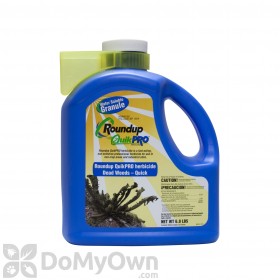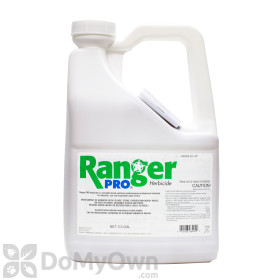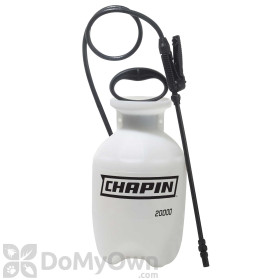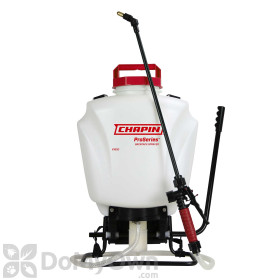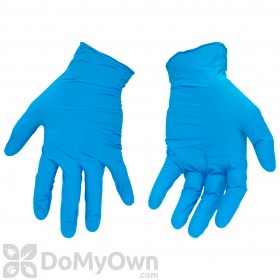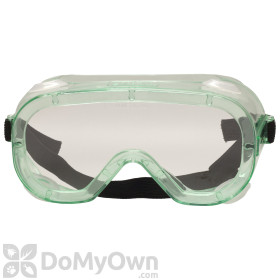
Quackgrass, also known as couch grass or dog grass, generally appears as new growth above ground from late summer through the fall, but can also stay year round in certain climates. The rhizome root system will begin growth in the spring and expand mostly during the hottest part of the summer.
Unfortunately, this grassy weed is hard to completely eliminate from a lawn once it is firmly established. But with the right timing and proper treatment, you can significantly control quackgrass in your yard. Read below for treatment options.
Apply a Non-Selective Herbicide
To get rid of quackgrass, the best option is to use a non-selective herbicide like Roundup QuikPro or Ranger Pro. Spray the weed directly, avoiding the surrounding plants and grasses. Non-selective herbicides will damage anything they are applied on, so try to avoid spraying on desirable grass and plants.
Be sure to wear personal protective equipment including closed toe shoes, long sleeves, and gloves when applying any herbicide in your yard.
Pro Tip
Selective herbicides tend to be ineffective against quackgrass, especially once the weed is established, due to its extensive root system. Using a non-selective herbicide is your best option against quackgrass.
However, in warm-season grasses, Certainty Herbicide can be used for suppressing quackgrass.
Products needed for Step 1
Repeat, Repeat, Repeat!
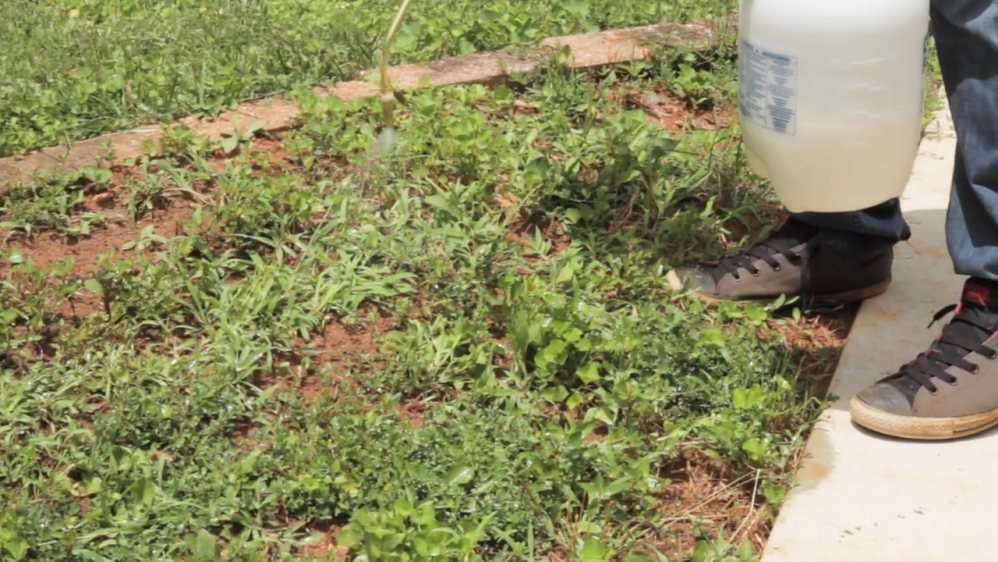
Quackgrass has a deep root system that stores nutrients for the weed well below ground. Due to the hardiness of these rhizomes, or segmented roots, it may take several applications of non-selective herbicide to fully control quackgrass in your yard.
If the quackgrass is caught and sprayed early--when it first appears in the lawn--then fewer applications may be needed.
Consult the label of your non-selective herbicide for how often to reapply.
Pro Tip
Breaking up existing quackgrass rhizome root networks can actually spread the weed to other parts of your lawn. Take care when removing quackgrass weeds--pull slowly and steadily, removing as much of the white, segmented rhizome intact as possible.
The best way to stop quackgrass is to prevent it from growing at all. Read our guide on how to prevent quackgrass for information on pre-emergent herbicide treatments and lawn care options.
If you have any questions on herbicide application or selection, give our experts a call at 866-581-7378 or contact us online.




